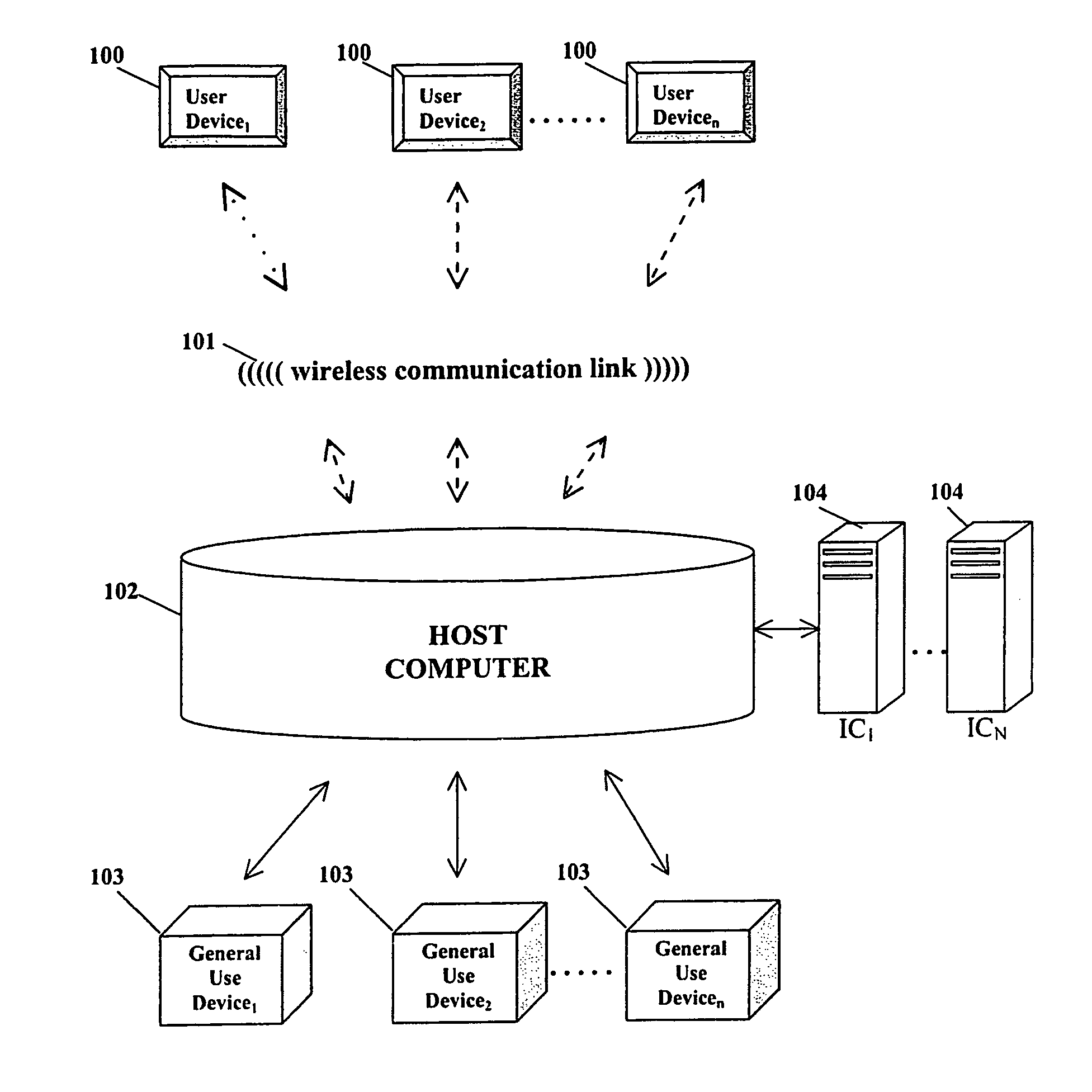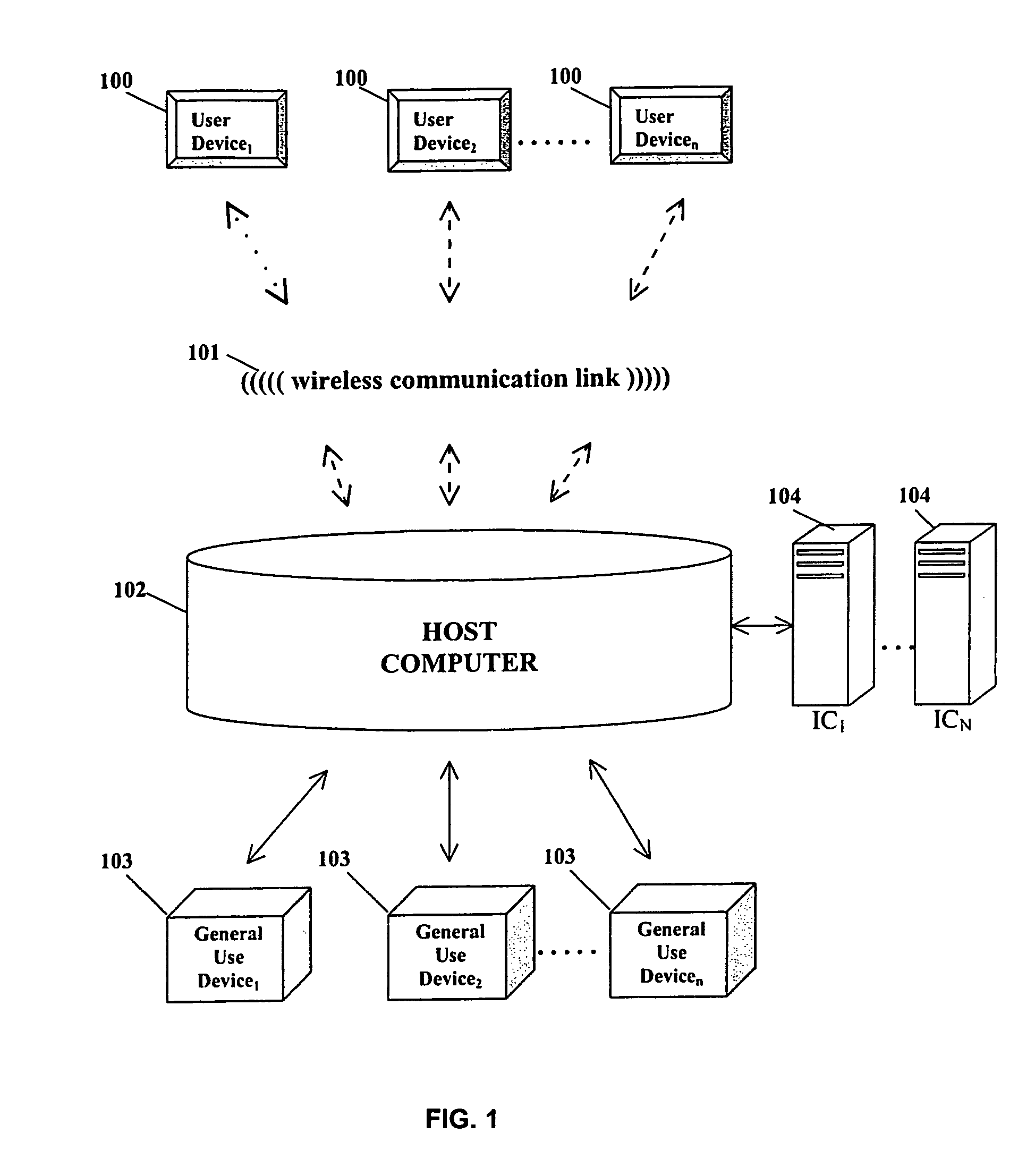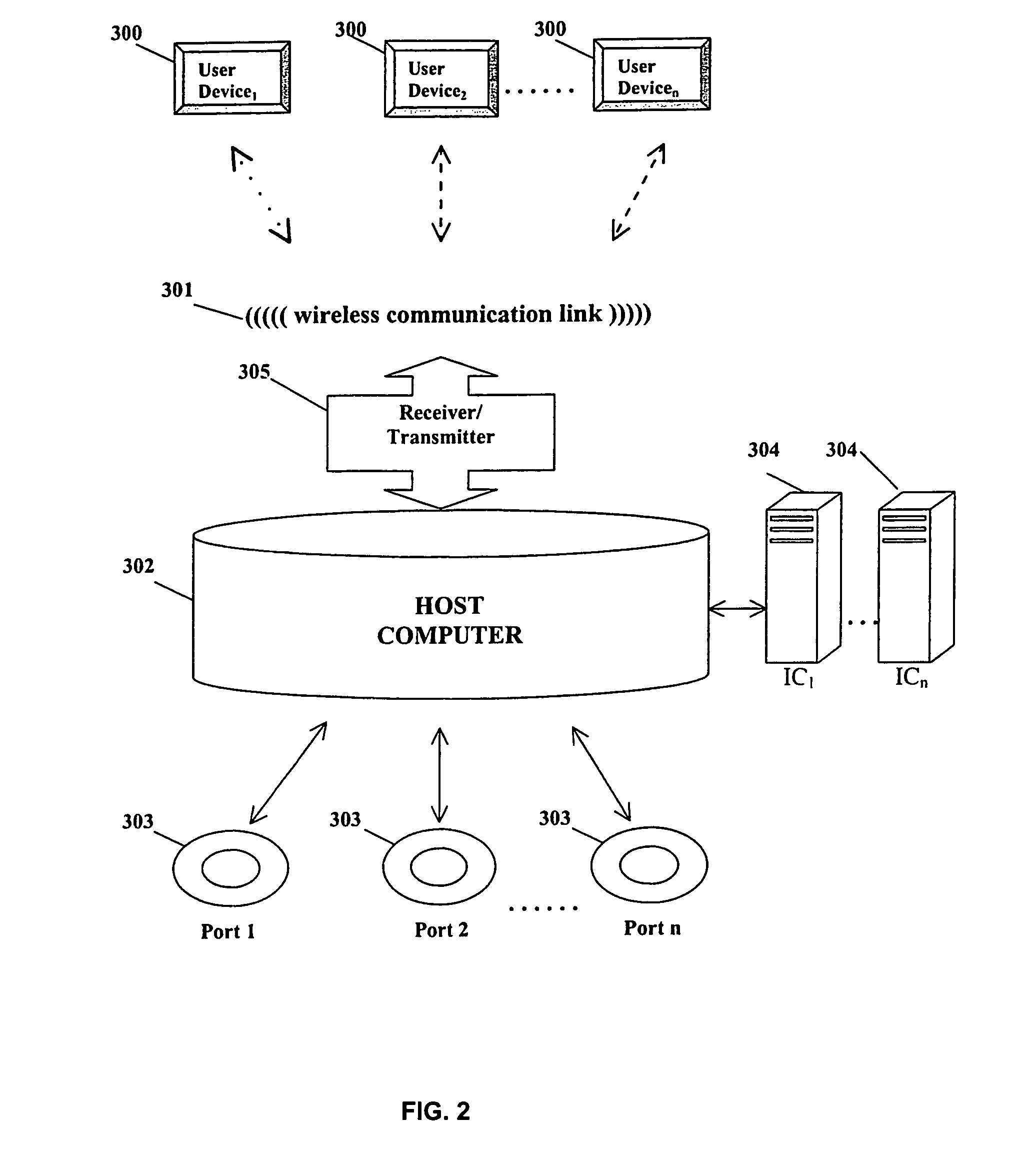Systems and methods for adaptive medical decision support
a medical decision support and system technology, applied in the field of systems and methods for adaptive medical decision support, can solve the problems of slow development of systems that might support medical professionals, other users, and other users with medical decision making, and not always increase efficiency to degrees
- Summary
- Abstract
- Description
- Claims
- Application Information
AI Technical Summary
Benefits of technology
Problems solved by technology
Method used
Image
Examples
Embodiment Construction
[0017] In a particular embodiment, a computer-implemented method for adaptively supporting medical decisions of at least one user includes receiving a first input from a first device, receiving a second input from a second device, determining a suggested medical decision based at least in part on the first input and the second input, and transferring the suggested medical decision to the second device.
[0018] In another exemplary embodiment, a computer-implemented method for adaptively supporting medical decisions of at least one user includes receiving a medical input from a user device, determining a first suggested decision from a first predictive model, determining a second suggested decision from a second predictive model, and transferring the first suggested decision and the second suggested decision to the user device.
[0019] In a further exemplary embodiment, a computer-implemented method for adaptively supporting medical decisions of at least one user includes receiving a u...
PUM
 Login to View More
Login to View More Abstract
Description
Claims
Application Information
 Login to View More
Login to View More - R&D
- Intellectual Property
- Life Sciences
- Materials
- Tech Scout
- Unparalleled Data Quality
- Higher Quality Content
- 60% Fewer Hallucinations
Browse by: Latest US Patents, China's latest patents, Technical Efficacy Thesaurus, Application Domain, Technology Topic, Popular Technical Reports.
© 2025 PatSnap. All rights reserved.Legal|Privacy policy|Modern Slavery Act Transparency Statement|Sitemap|About US| Contact US: help@patsnap.com



